The 5 Essential Factors to Consider for Proper Wine Storage
Wine tasting and collecting is all the rage now, with more and more people buying wine and building up their collections. With this in mind, just what is the ideal temperature for storing wines? There is actually a wide range of temperatures that are suitable for storing wine. However, it’s not just the temperature you need to consider.
Apart from temperature, factors that can affect the quality and longevity of wine include humidity and lighting. Figuring out the perfect balance for your assortment of wines depends upon your individual circumstances and requirements.
Finding the sweet spot where the storage environment is not too hot or not too cold is a tricky but necessary balancing act if you want your wine to naturally develop and reach its peak over the coming 5, 10 or 20 years.
Therefore, in today’s blog, we will take a look at a few of the factors that will assist you with deciding the best storage arrangement and putting your wine in the so-called “Goldilocks Zone”.
Temperature
The most important consideration for wine storage is a predictable inward temperature. Wine doesn’t do well in hot conditions. A warm climate can actually “cook” or oxidise the wine, leaving it tasting flat and burnt.
On the other hand, if the climate is too cold, the chemical reactions that encourage maturing slow down. Furthermore, extreme changes in temperature can likewise make a wine expand and contract, which can affect the cork and increase the chances of leakage.
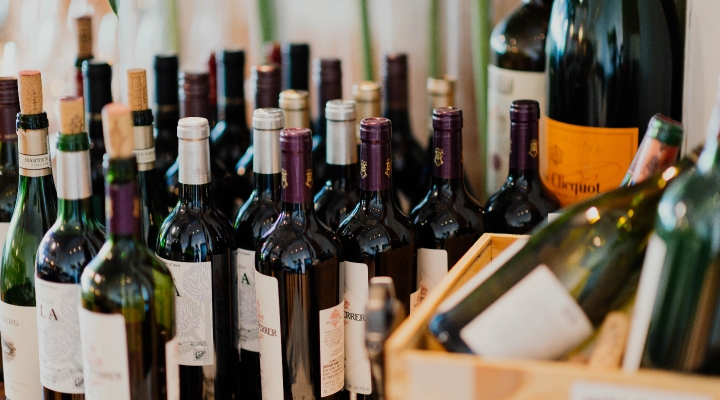
What is the ideal temperature for storing wine?
So with all this in mind, what is the ideal temperature to store wine? Prior to the introduction of HVAC systems, subterranean rooms and cellars arrived at a midpoint of 13°C with minor seasonal variations. Some of the suggested temperatures range from as low as 7°C to as high as 18°C however, most collectors prefer the midpoint.
Where your wine cellar or storage facility sits within that range is an individual decision. For instance, assuming that you like to drink your red wine straight from the cellar, you might think about increasing the temperature to around 16°C.
The most significant thing about the temperature is consistency. The less the temperature fluctuates the better. That means you’ll need a very reliable cooling unit that provides consistent temperatures all year round.
That is why you can depend on Electrodry’s wine storage compartments. Our purpose-built wine storage compartments are set at 12.5°C to ensure safe cellaring for all wine types for the years to come, no matter what season it is.
Humidity
If the temperature is the main factor that influences the health of your wine, then humidity is clearly second. Whilst most new wines are sealed with a screw cap, there’s still a wide range of cork-sealed wines, especially from Europe and South America. The right level of humidity keeps wine corks nicely hydrated and also makes sure your wine matures gradually.
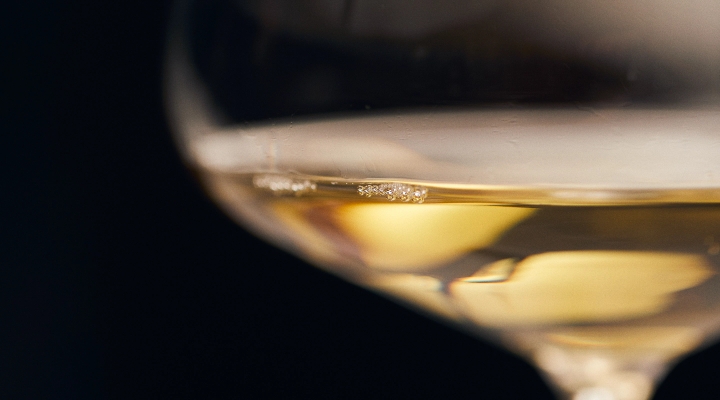
Does high humidity ruin wine?
Just like with temperature, we’re also discussing ranges of humidity here of between 60%-80%. Excessively low and you run the risk of drying out the corks and oxidising the wine. Excessively high and you’ll welcome mould and mildew, which won’t do any damage to the actual wine, but can unleash ruin on your cellar or storage facility.
When present, mould can be very hard to remediate as it can infiltrate and stain wooden furniture and fixtures and can also etch pits into metal. Furthermore, it can destroy your wine labels, affecting the actual value of your precious wine collection.
The ideal humidity setting depends upon the overall climate you’re in. If you live in the northern parts of Australia, you might consider reducing the humidity level of your storage space and if you live in the southern states, you might consider increasing the humidity levels.
Lighting
We all love the feeling of warm sunshine however, too much sunshine, or more specifically daylight, can have an adverse effect on your wine. Daylight can separate the compounds in wine, maturing it before its time. Furthermore, it can raise the wine’s temperature, consequently cooking it.
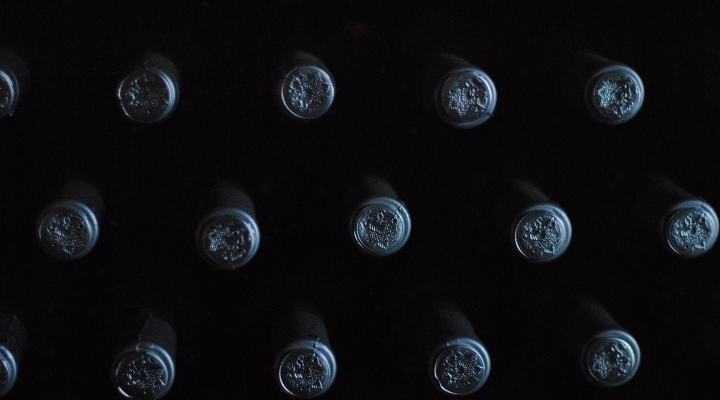
Subsequently, throughout history, winemakers have elected to use shaded glass for wine bottles. This is why you don’t see many window displays in supermarkets or bottle shops featuring wine.
When it comes to your typical interior lighting, this won’t represent a significant danger to wine, particularly if you’re only turning the lights on and off every so often or keeping them faint. However, as a general rule, stay away from radiant or incandescent bulbs or any type of lighting that increases heat or light levels as this can also potentially lead to the fading of your labels.
What is the best lighting for a wine cellar?
LED Lighting is perfect for wine cellars and wine storage facilities since it doesn’t emit a ton of intensity. It’s smaller, low voltage, its colours can be changed to create a mood, and everything can be controlled through remote control.
Vibration
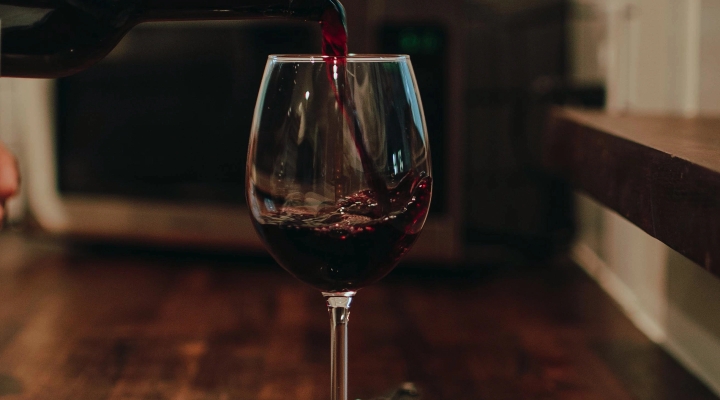
How does vibration affect wine?
Researchers are starting to learn about the impact of movement on wine. They guess that vibrations, most frequently from a fridge’s or cooler’s compressor motor, can in a real sense shake the residue out of wine over the long haul. A few enthusiasts say it’s the inverse — that it can keep the residue particles suspended, which will make a wine taste coarse.
In an expertly designed wine cellar or storage space with a cooling unit, the refrigeration is separated and dampened to safeguard the wine from vibrations. Science might not be totally settled on this, however at any rate, keeping your wine free from vibrations is one less likely danger to your wine collection.
Odour
No one likes a musty smell in their living space, and the same can be said for a wine cellar or storage facility. Truth be told, a few smells, particularly those from mould or strong chemicals, can actually penetrate the cork of your wine, and over the long haul, affect the flavour of your wine.
Needless to say, your wine cellar or storage facility should be as odourless as possible so that you can truly enjoy the fragrances and flavours in the actual wine. In the event that you can taste the room, you’re drinking your wine in, that is not a good sign.
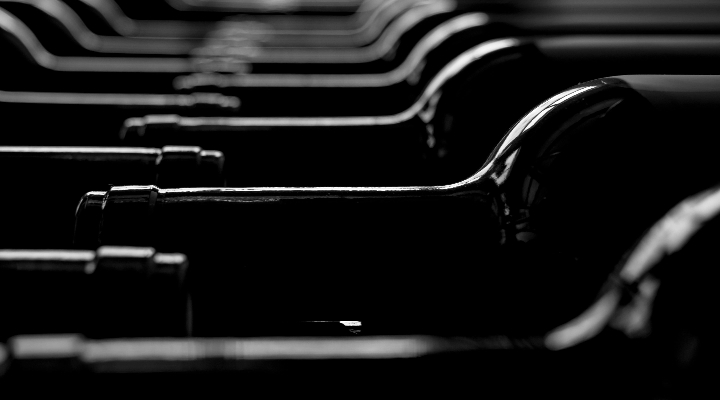
How do you get musty smell out of a wine cellar?
It is recommended to keep your wine cellar or storage space clean by wiping down walls and racks with a mild solution comprising of white vinegar and warm water, at least once a year. Check all your drains, drip trays and filters to ensure they’re not clogged up or harbouring any mould.
If you’re hosting a wine sampling, you’ll need to ensure the room is free from smells and odours that can distract people from the pleasure in the wine. Regular cleaning, while maintaining the appropriate level of humidity, will guarantee that odours and mould are kept at bay.
Racking
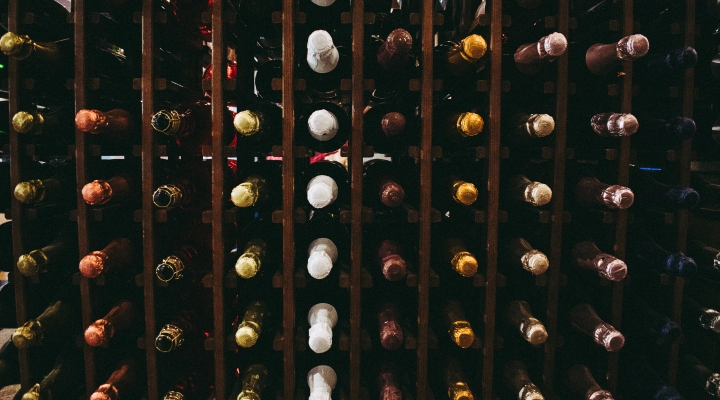
How do you put wine on a wine rack?
The most favoured method for racking wines is to store bottles on their side so the wine is continually in touch with the cork. Keeping the cork moist guarantees that the wine bottle stays sealed and reduces the chances of the wine evaporating.
In any case, bottles don’t necessarily need to be stored totally horizontally. They can still be racked at a slight angle, which actually gives the wine sufficient contact with the cork while permitting the air to escape, as opposed to the wine.
As far as the storage of screw-capped wine is concerned, if you are planning to store it for more than twelve months, storing them at a slight horizontal angle ensures there is a good interchange between air and liquid through the seal.
What is the best type of wine rack?
The material used for racking is more a question of individual preference and feel. Racks are typically made of very good quality woods like mahogany and redwood. However, just about any type of material can be utilised, from glass to treated steel to chrome, and even acrylic.
While there are no restrictions on the type of materials you can use for racking, some materials are better than others. Remember to take into account the humidity levels and make sure you choose materials that are not prone to rotting or mould.
Final Thoughts
As you read this blog, you have probably started thinking about building a conventional wine cellar at home to store your wine collection. However, if you are looking for a wine storage solution, a wine cellar is not your only option. At Electrodry Wine Storage Newcastle, we have the perfect wine storage solutions for you.
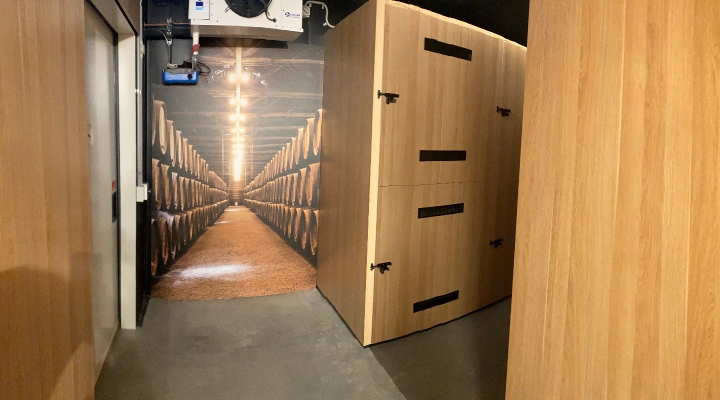
Choose Electrodry Storage For All Your Wine Storage Needs!
Electrody’s wine storage units are temperature and humidity controlled to keep conditions stable with moderate humidity levels of 55%-75% and temperature of 12.5°C. This assists in the optimum wine development conditions and prevents premature aging of your wine. Furthermore, we’re here to assist you with picking the best arrangement for your needs.
For the ideal mix of structure and capability for your wine storage, get in touch with us today on 02 4911 4650 or visit Electrodry Storage Solutions Newcastle.